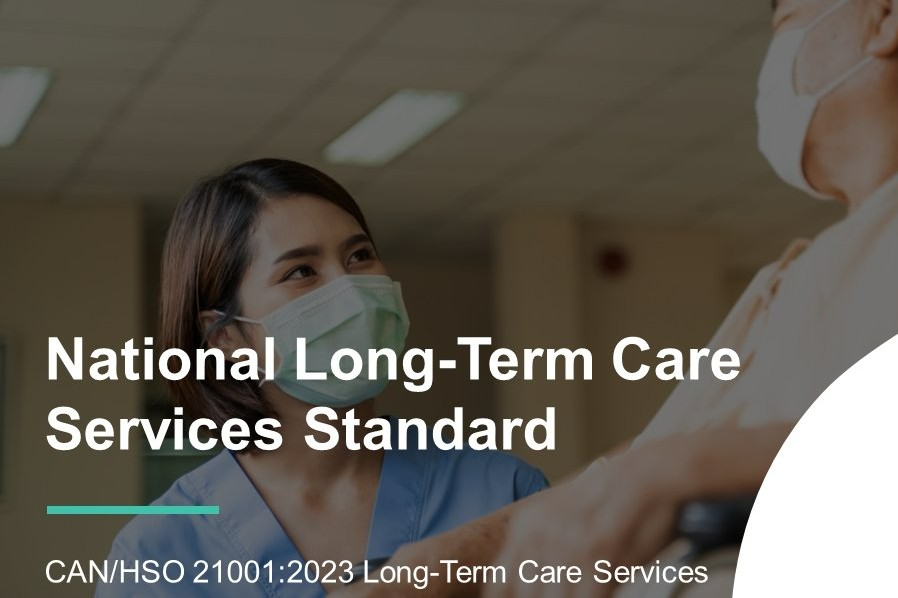

The Health Standards Organization (HSO) and the Canadian Standards Association recently released new standards for the delivery of services in long-term care (LTC), which were featured across many news outlets, including the Toronto Star and CBC. OSOT Associate Professor Dr. Ben Mortenson, who served on the technical committee, sat down with us to explain the standards’ import and the process of developing them.
Let’s start with some background information for those unfamiliar with this topic. What are the new standards for services in LTC?
Two standards have recently been released. The Health Standards Association (HSO)’s new national LTC Services standard addresses the delivery of safe, reliable, and high-quality long-term care services, while CSA (Canadian Standards Association) Group’s new national LTC Home Operations and Infection Prevention and Control standard addresses the design, operation, and infection prevention and control practices in long-term care homes.
What was your role in their development?
I was one of the 32 members of the technical committee that developed the HSO standards, which was chaired by Dr. Simar Sinha. The panel included residents, family members, staff, administrators and researchers. They were selected from over 250 applicants.
Why were these standards necessary? What gaps in the services provided in LTC do they aim to fill?
Over 80% of all COVID-19 deaths in Canada occurred among nursing home residents, compared with an average of 38% in other Organisation for Economic Co-operation and Development counties (i.e., wealthy countries). The Canadian military needed to be called in to provide care in seven nursing homes in Ontario, where it turned out most residents died from neglect rather than COVID.
It is notoriously difficult to translate research into changes in policy or clinical practice. Have you encountered any roadblocks in the standards’ uptake?
At this point the standards we created are voluntary. These will be accredited by Accreditation Canada. Most publicly funded long-term care facilities are accredited, but the rate is much lower among privately owned facilities, which make up approximately half of all facilities in Canada. The provincial government would need to introduce legislation to make accreditation mandatory.
Now that they have been published, what are the next steps for these standards?
Implementation will be critical moving forward. We have introduced many great ideas to improve the care experiences of residents, including highlighting the importance of 1) providing trauma-informed and culturally safe care; 2) understanding that the conditions of work are the conditions of care; and 3) avoiding repeating the terrible mistakes made during the start of the COVID pandemic. I am quite concerned about problems associated with for-profit long-term care facilities, where COVID death rates were significantly higher than in public facilities. By contrast, in BC, public long-term care facilities provide an average of $10,000 more care per year for each resident.
Although much remains to be done, the establishment of these standards is a critical first step in providing residents of LTC facilities with consistent, high-quality services. Dr. Mortenson and his colleagues received a Special Recognition Award from the Standards Council of Canada (SCC) in recognition of the importance of this work.